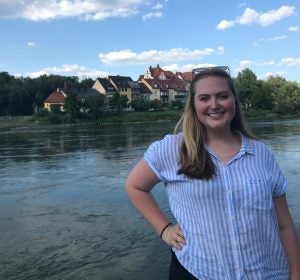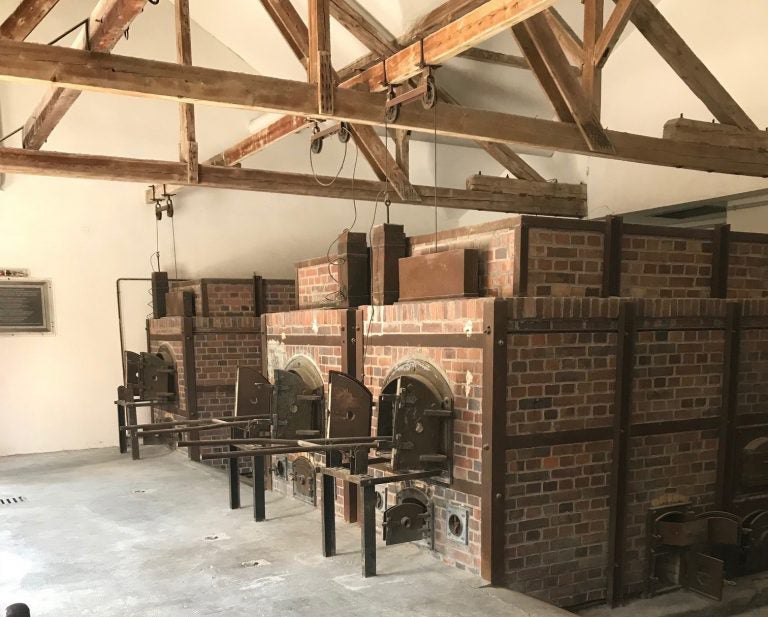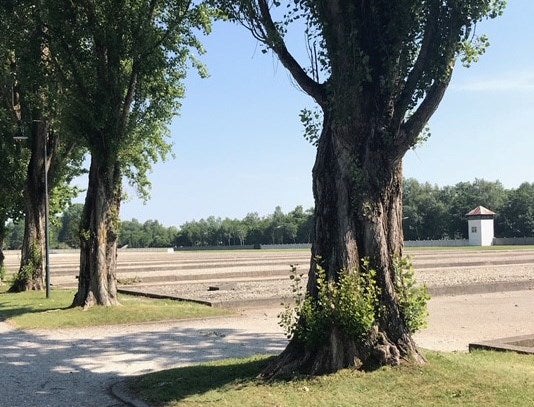HUMBLING EXPERIENCE
Kellie McGee describes trip to Dachau concentration camp

Kellie McGee (Contributed photos)
After a day of traveling and two days of learning about BMW in Munich at the BMW museum and how their cars are made in Regensburg at the BMW plant, the group was exhausted.
Luckily, today the students had a free day to explore and sightsee around Munich and surrounding areas and rest up for the next leg of the trip.
In the morning, a group of students, faculty and I traveled by train and bus to Dachau, the first concentration camp.
The camp opened in March 1933, just a few weeks after Hitler gained power. Liberated 12 years later in 1945 by U.S. troops, tens of thousands of prisoners had been killed during that time.
Walking through this memorial, exploring the museum and listening to an audio guide helps transport visitors back in time and paints an extremely vivid picture of the terrible conditions and horrors that these prisoners had to endure.
While we were walking through Dachau, we occasionally worried about the heat and how much walking the tour involved. But immediately we were humbled when we remembered the horrendous conditions such as starvation, infectious disease, overcrowding and a lack of basic hygiene and lack of dignity that these prisoners faced, in addition to constant killings by guards.

One of the rooms in the crematorium, where bodies were brought to be stored and cremated in these furnaces. Prisoners sometimes were brought in groups to be killed with poison gas in adjacent rooms in the building.

Nearly all of the prisoner barracks were torn down and replaced by housing for refugees and homeless after the liberation. Now the foundations of the former barracks are outlined, filled with gravel and are marked with numbers.
On the gate leading into Dachau, the words “Arbeit Macht Frei” are inscribed, translating to “work makes you free.” This slogan was used as a gate label for concentration camps.
Perhaps the saddest part of the memorial is realizing that, while in America, work does set us free by providing the funds and opportunities for people to support themselves and their families. But in concentration camps like Dachau, the freedom in the slogan meant death: working to death would set them free from being a prisoner.
The immense history we learned and the respect we gained for the prisoners that lived and died at Dachau was staggering, shocking and very unsettling.
Dachau was definitely worth visiting because it brought to life one of the most important events in the world’s history. Dachau continues to preserve the memories of the living and the dead and educate the public in a way that cannot be achieved without visiting the memorial.
-by Kellie McGee, management accounting major
June 5, 2018
